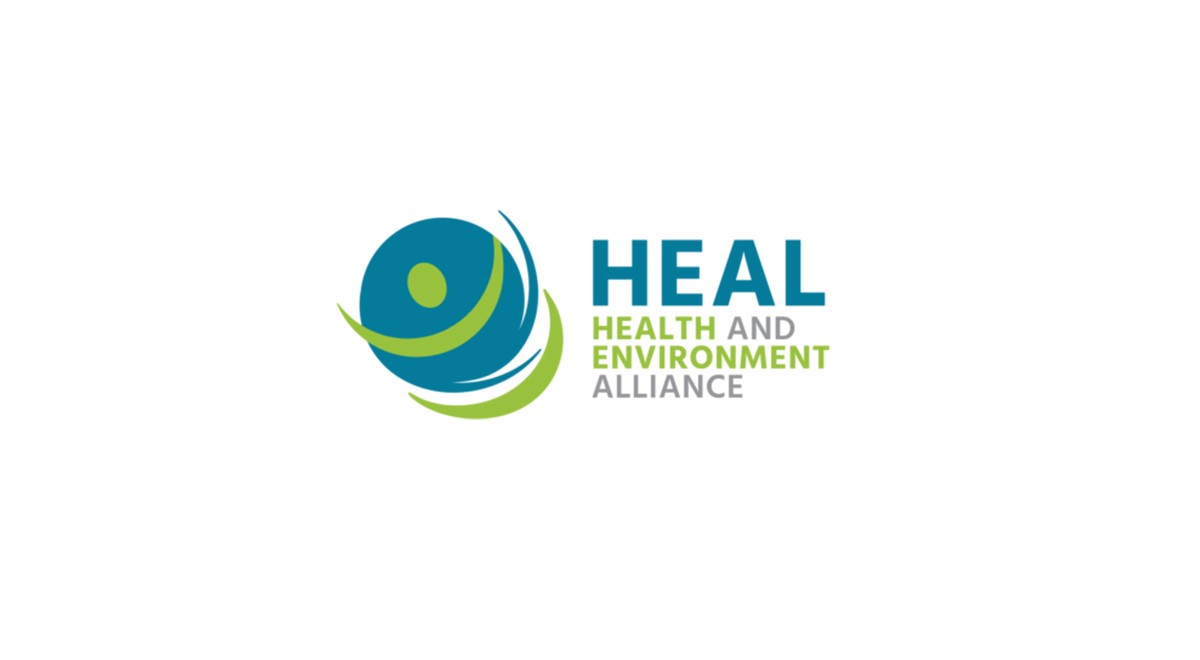The Health and Environment Alliance (HEAL), ChemSec, the Cancer Prevention and Education Society, Zero Waste…
This HEAL briefing looks at health concerns related to chemicals in food contact materials in Europe. It addresses the current legislative system for these materials and defines what is missing in the existing system that must be changed if public health is to be protected. It also outlines the policy opportunities that are on the horizon.
Have you ever wondered whether chemicals in the plastic wrapper on your meat or cheese can leach into the food you are about to eat? Or whether it is safer to buy your yogurt in a plastic pot or in a glass jar with a plastic lid? Currently, hazardous chemicals are present in plastics and other materials that come into contact with food. These chemicals can leach or migrate into food and from there into our bodies.
What are the regulatory gaps?
- Most materials are not covered;
- Many chemicals are not assessed for safety by public authorities;
- Harmful chemicals are overlooked;
- Endocrine disrupting chemicals are not addressed;
- Recycled inputs are not assessed;
- Risk assessment process ignores people’s real exposures and additive effects between chemicals;
- Inadequate resources for Commission improvement and enforcement of existing laws;
- Lack of transparency and insufficient access for public interest watchdogs
What should be done – HEAL Recommendations
- Properly regulate all types of food contact materials;
- Prohibit or phase out “Substances of Very High Concern” (or SVHCs) under REACH legislation;
- Ban all Endocrine Disrupting Chemicals (or EDCs);
- Address the cocktail effect;
- Support innovation for safer materials and alternatives.
Full briefing
For more information on this briefing, please contact:
Genon Jensen, Executive Director, Health and Environment Alliance (HEAL), E-mail: genon@env-health.org, Tel: +32 2 234 36 42


